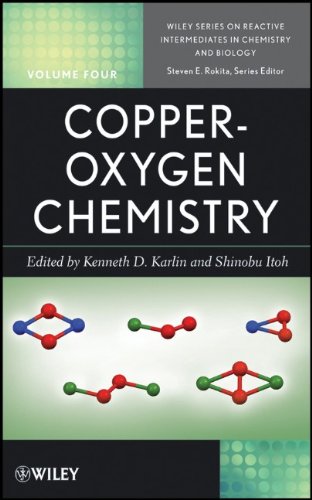

Most ebook files are in PDF format, so you can easily read them using various software such as Foxit Reader or directly on the Google Chrome browser.
Some ebook files are released by publishers in other formats such as .awz, .mobi, .epub, .fb2, etc. You may need to install specific software to read these formats on mobile/PC, such as Calibre.
Please read the tutorial at this link. https://ebooknice.com/page/post?id=faq
We offer FREE conversion to the popular formats you request; however, this may take some time. Therefore, right after payment, please email us, and we will try to provide the service as quickly as possible.
For some exceptional file formats or broken links (if any), please refrain from opening any disputes. Instead, email us first, and we will try to assist within a maximum of 6 hours.
EbookNice Team

Status:
Available4.6
38 reviewsCopper-mediated biological oxidations offer a broad range of fundamentally important and potentially practical chemical processes that cross many chemical and pharmaceutical disciplines. This newest volume in the Wiley Series on Reactive Intermediates in Chemistry and Biology is divided into three logical areas within the topic of copper/oxygen chemistry— biological systems, theory, and bioinorganic models and applications—to explore the biosphere for its highly evolved and thus efficient oxidative transformations in the discovery of new types of interactions between molecular oxygen and copper ion. Featuring a diverse collection of subject matter unified in one complete and comprehensive resource, Copper-Oxygen Chemistry probes the fundamental aspects of copper coordination chemistry, synthetic organic chemistry, and biological chemistry to reveal both the biological and chemical aspects driving the current exciting research efforts behind copper-oxygen chemistry. In addition, Copper-Oxygen Chemistry:
Addresses the significantly increasing literature on oxygen-atom insertion and carbon-carbon bond-forming reactions as well as enantioselective oxidation chemistries
Progresses from biological systems to spectroscopy and theory, and onward to bioinorganic models and applications
Covers a wide array of reaction types such as insertion and dehydrogenation reactions that utilize the cheap, abundant, and energy-containing O2 molecule
With thorough coverage by prominent authors and researchers shaping innovations in this growing field, this valuable reference is essential reading for bioinorganic chemists, as well as organic, synthetic, and pharmaceutical chemists in academia and industry.